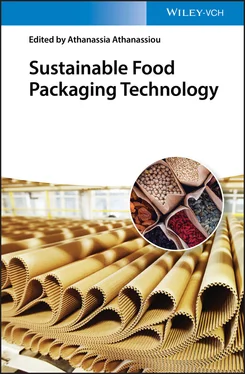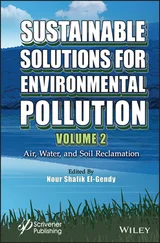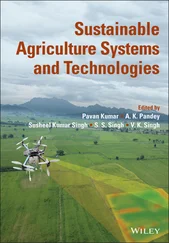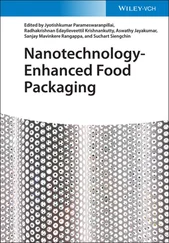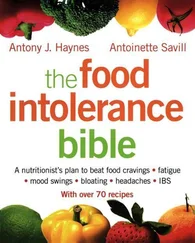The discussion about the use of biomass for industrial purposes is still often linked to the question about whether the conversion of potential food and feed into materials is ethically justifiable. Although the surface required to grow sufficient feedstock for current bioplastics production is only about 0.01% of the global agricultural area of a total of 5 billion hectares (bioplastics), the bioplastics industry is also researching the use of nonfood crops and agricultural residues, the so‐called “second generation feedstock,” with a view to its further use. Innovative technologies are focusing on nonedible by‐products as the source for bioplastics, which includes large amounts of cellulosic by‐products and wastes such as straw, corn stover, or bagasse. This leaves significant potential for using biotechnological processes to create platform chemicals for industrial purposes, among them the production of bioplastics. Therefore, the trend for the development of next generation of bioplastics is currently led by the emergence of conventional polymers made from renewable and nonfood sources.
1.3 Food Packaging Materials Based on Biopolymers
The development of different kinds of packaging materials from biopolymers has seen an increase in the last few years [19]. The use of biopolymers in food packaging can provide physical protection during storage and transportation, and create proper physicochemical conditions for maintaining quality and safety and for extending the shelf life of food [20]. All subsections in Section 1.3summarize the most important trends in biopolymers for food packaging applications.
The commercialization of PLA began in 1990 though it was known since 1845. PLA is mostly obtained from bacterial fermentation of carbohydrates that can come from renewable resources such as corn or sugar. Fermentation turns the sugar into lactic acid, which is the building block for PLA, but most industrial applications make use of its dimer lactide. NatureWorks LLC (previously Cargill Dow LLC) and, more recently, Corbion (former Purac Bioplastics) are the major suppliers of PLA with a production capacity of over 100 ktons per year, in which this biopolymer is produced in a continuous efficient synthetic process via ring‐opening polymerization (ROP) of the lactide dimer [21]. There are two optical forms: L‐lactide, the natural isomer, and D‐lactide, the synthetic one [22]. The production of the different isomers depends on the microbial strain used during the fermentation process. The polymer crystallinity and the properties of PLA can significantly vary depending on the ratio and stereochemical nature of the monomer [23].
Nowadays, PLA is one of the most researched and commercialized biopolymers and it is seen as a potential substitute for conventional polymers as packaging materials since it is bio‐based and compostable [24]. It has similar properties to traditional polymers such as PET, PS, and polycarbonate (PC) [25]. The most relevant characteristics of this biopolymer are high rigidity, good transparency, heat sealability, printability, and melt processability. Also, it can be processed on large‐scale production lines such as injection molding, blow molding, thermoforming, and extrusion [26]. It is classified as generally recognized as safe (GRAS) by the United States Food and Drug Administration (FDA) and is safe for all food packaging applications [27]. However, it also has limiting properties for its use in packaging applications. For example, its low glass transition temperature ( T g) limits its utilization above 55 °C and it also shows low toughness and ductility [28]. Nevertheless, these narrow circumstances can be improved by varying the ratio of L/D isomers, modifying its stereochemistry, or mixing with other polymers and fillers to improve the mechanical and thermomechanical properties [29].
In the field of food packaging, PLA is ideal for fresh products and those that do not require protection against oxygen, but also it can be used in food trays, bottles, candy wraps, and cups [30]. Accordingly, its high permeation to water makes it suitable for some packaging applications such as extension of the life period of fresh fruit and bread. Some coatings are used as a kind of barrier layer to reduce permeability of this biopolymer [31, 32]. Figure 1.2shows some commercial packaging articles made of PLA to contain food products.

Figure 1.2 Commercial food packaging articles made of polylactide (PLA): (a) Coffee capsules. (b) Yogurt cups.
Source: Courtesy of Danone (Paris, France).
1.3.2 Polyhydroxyalkanoates
Polyhydroxyalkanoates (PHAs) currently represent one of the most important alternatives to fossil derived polymers in the frame of the Circular Economy [33], showing the highest potential to replace polyolefins in packaging applications due to their biocompatibility and physical properties [34]. PHAs are a family of biopolyesters synthesized by a wide range of microorganisms as carbon storage material. Although they have suitable characteristics such as biodegradability, thermoplasticity, and similar mechanical strength and water resistance to other polymers such as PP and PS [35], their production is expensive due to the high costs of the fermentation and downstream processes. The use of industrial by‐products and waste or mixed microbial cultures (MMCs) represents a viable option to reduce the production costs of PHAs [36].
Among PHAs, the most widely studied and first bacterial member of this family identified was poly(3‐hydroxybutyrate) (PHB). This isotactic homopolyester is biodegradable not only in composting conditions but also in other environments such as marine water and it presents similar thermal and mechanical properties with some petrochemical polymers. However, its use is limited due to its poor impact‐strength resistance and a narrow processing temperature window [37]. To improve these shortcomings, its copolymers such as poly(3‐hydroxybutyrate‐ co ‐3‐hydroxyvalerate) (PHBV) and poly(3‐hydroxybutyrate‐ co ‐4‐hydroxybutyrate) [P(3HB‐ co ‐4HB)] have been explored. Particularly, PHBV is a good candidate since it has a much lower crystallinity and melting temperature, decreased stiffness and brittleness, and higher ductility. The T gof these PHA copolymers varies from −40 to 5 °C, and the melting temperature ( T m) also range from 50 to 180 °C, depending on their chemical composition [38].
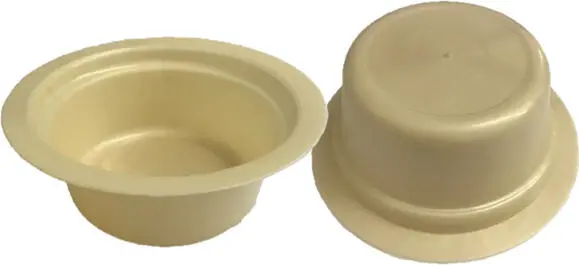
Figure 1.3 Biodegradable food tray made of poly(3‐hydroxybutyrate) (PHB) obtained by injection molding.
Biomer (Krailling, Germany) and Tianan Biologic Materials (Ningbo, China) are the main producers of microbial PHB and PHBV, respectively. PHAs can be processed by common methods such as extrusion, injection molding, thermoforming, film blowing, and so on [39]. These materials are suitable for very different areas of food and cosmetic packaging, for instance blow‐molded bottles, milk cartons, cosmetic containers, feminine hygiene products, adhesives, paper coatings, waxes, paints, and so on [40]. Figure 1.3depicts, as an example, a tray made of PHA. Moreover, the use of nanofillers or active substances, such as antimicrobial and/or antioxidant substances, incorporated into a PHA‐based packaging material can change the packed food condition extending the shelf life and improving the protection and/or sensory properties, adding an extra value to the final product [41, 42].
Читать дальше
